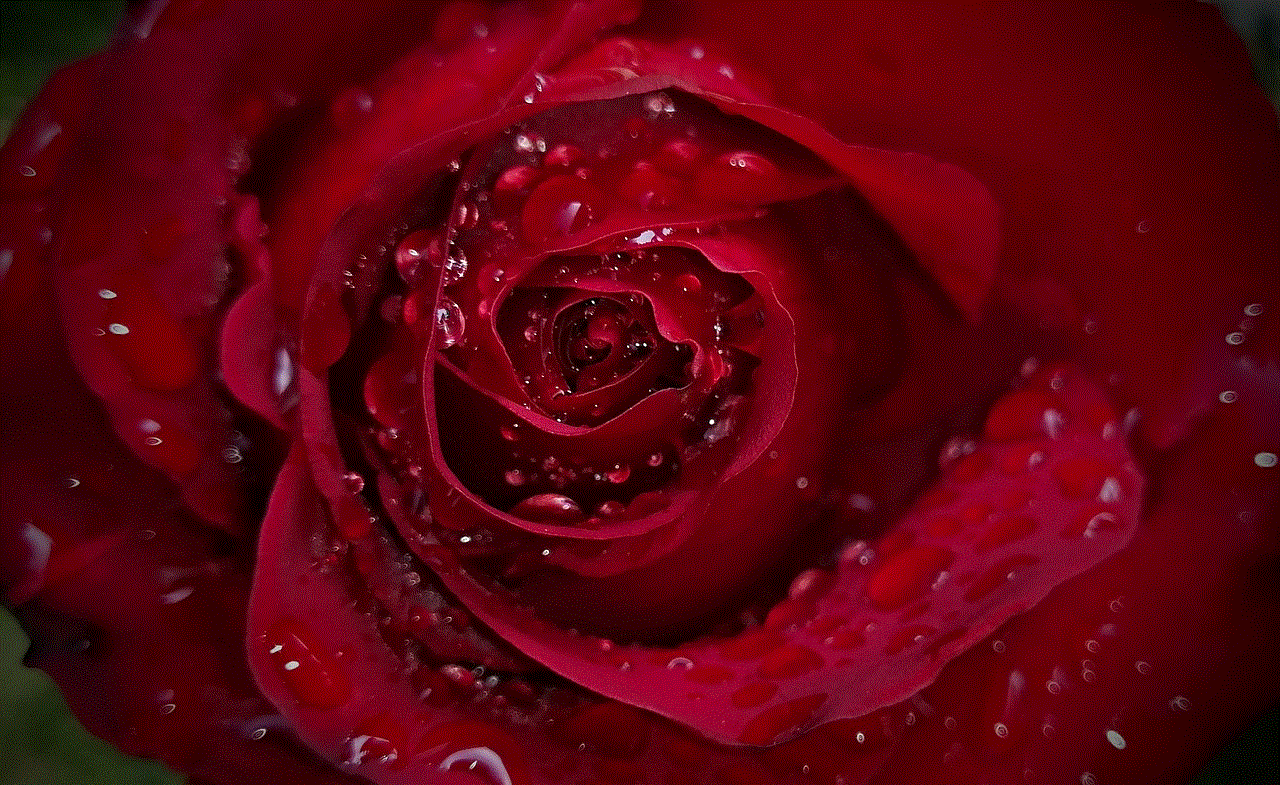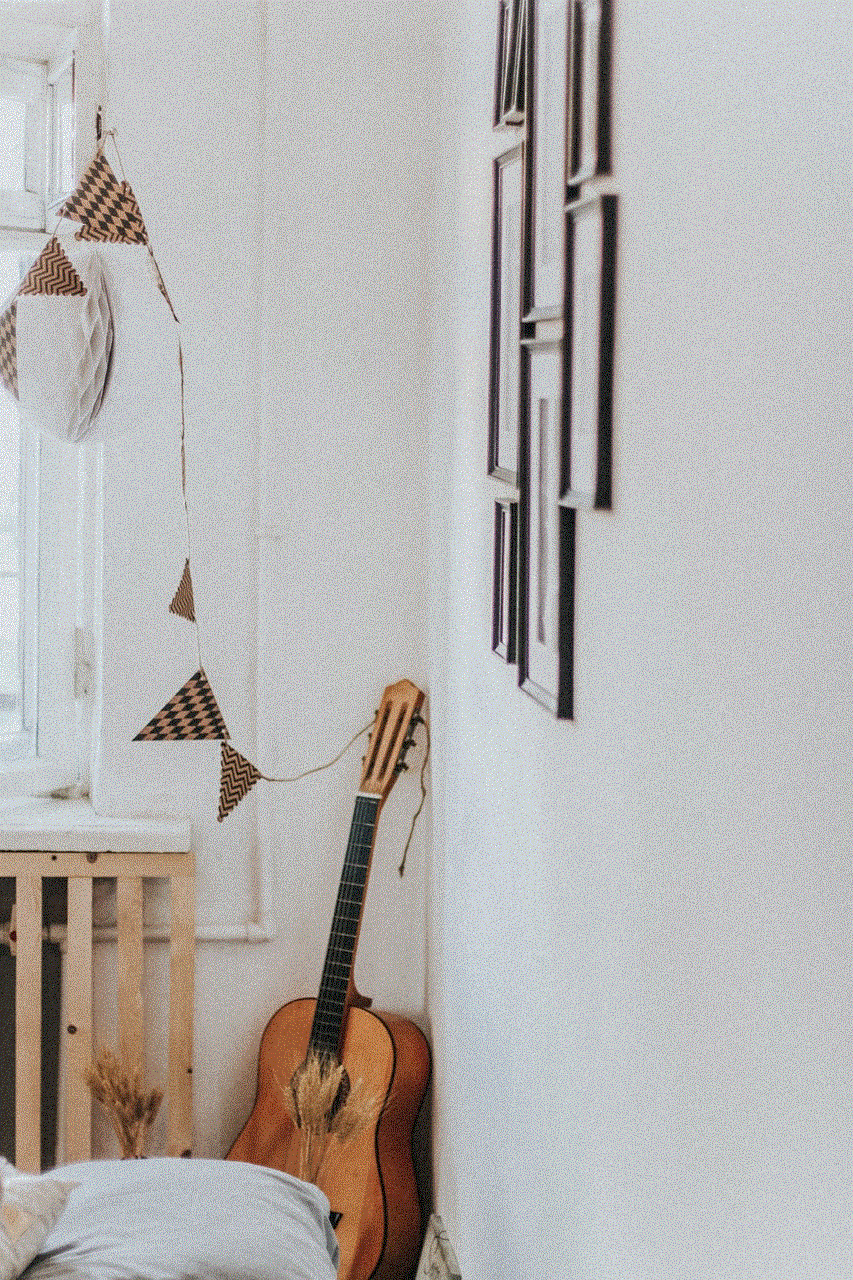por no graphic
The world of graphics is constantly evolving and expanding, with new technologies and techniques being introduced at a rapid pace. However, not everyone is familiar or comfortable with this aspect of design. For some, the idea of creating graphics can be intimidating and overwhelming. This is where the concept of “no graphic” design comes into play.
No graphic design, also known as non-graphic design or graphic-less design, is a style of design that relies on minimal or no use of graphics. It challenges the traditional approach of design that heavily relies on visual elements and instead focuses on the use of typography, layout, and color to convey a message. In simpler terms, it is the use of text and other design elements to create a visual impact rather than relying on images or illustrations.
The roots of no graphic design can be traced back to the early 20th century when the Swiss Style or International Typographic Style emerged. This design movement emphasized the use of clean, minimalistic layouts and sans-serif typefaces, with a strong focus on hierarchy and readability. It rejected the use of excessive decoration and imagery, paving the way for the concept of no graphic design.
One of the main reasons for the rise of no graphic design is the increasing popularity of digital media. In today’s fast-paced world, where information is consumed at lightning speed, designers need to create visuals that grab the viewer’s attention and convey the message quickly. No graphic design, with its clean and simple approach, allows for faster and more efficient communication.
Another factor contributing to the popularity of no graphic design is the rise of mobile devices. With the majority of internet users accessing content through their phones, designers need to create visuals that are easily adaptable to different screen sizes. No graphic design, with its focus on typography and layout, is more responsive and can be easily adapted to various screen sizes without compromising on the visual impact.
One of the key principles of no graphic design is the use of typography as a primary design element. Typography, the art of arranging type, is often overshadowed by images in traditional graphic design. However, in no graphic design, typography takes center stage. Designers experiment with different typefaces, sizes, and weights to create a hierarchy and visual interest. They also use negative space or white space to give the typography room to breathe and create a clean and balanced layout.
Color is another crucial element in no graphic design. Designers use color to create contrast, hierarchy, and evoke emotions. In traditional graphic design, color is often used in combination with images or illustrations. However, in no graphic design, color is used to make a statement on its own. Designers often use a limited color palette to create a cohesive and harmonious design. They also use color to differentiate between different sections of the design or to draw the viewer’s attention to specific elements.
Contrary to popular belief, no graphic design does not mean no visuals at all. It is about using visuals other than graphics to create an impact. For instance, designers often use symbols, icons, or patterns to add visual interest to their designs. These elements can be easily recognizable and help in conveying the message without the use of images.
No graphic design also challenges the traditional view of design as a purely aesthetic pursuit. It emphasizes the importance of functionality and usability in design. Designers often use grids and other design principles to create a structured and organized layout that is easy to navigate and understand. They also consider the audience and the purpose of the design while making design decisions.
The concept of no graphic design has gained popularity in various fields, including branding, web design, and editorial design. In branding, it is often used to create a strong and memorable visual identity through the use of typography and color. In web design, it helps in creating a responsive and user-friendly interface. In editorial design, it allows for a more straightforward and efficient way of presenting information without overwhelming the reader with too many visuals.
However, no graphic design also has its limitations. Some argue that it lacks the emotional impact that can be achieved through the use of powerful imagery. Others believe that it restricts creativity and limits the designer’s ability to fully express their ideas. Moreover, not all messages can be effectively conveyed through typography and color alone, making the use of graphics necessary in certain contexts.
In conclusion, no graphic design is a style of design that relies on minimal or no use of graphics. It challenges the traditional approach of design and focuses on using typography, color, and layout to create a visual impact. It has gained popularity due to the increasing use of digital media and the need for fast and efficient communication. However, it also has its limitations and may not be suitable for all design contexts. Nevertheless, no graphic design is a testament to the ever-evolving nature of design and its ability to adapt to the changing times.
turning wifi off at night
In today’s modern world, technology has become an integral part of our daily lives. From smartphones to laptops, we are constantly connected to the internet. However, with the increasing use of technology, concerns about its impact on our health have also arisen. One such concern is the effect of Wi-Fi on our sleep patterns. Many people have started turning off their Wi-Fi at night to improve their sleep quality. In this article, we will explore the reasons behind this practice and whether it is indeed beneficial.
Before we delve into the effects of Wi-Fi on sleep, it is essential to understand what Wi-Fi is and how it works. Wi-Fi or Wireless Fidelity is a technology that allows electronic devices to connect to the internet without the use of wires. It uses radio waves to transmit data between devices and a router. These radio waves are a form of electromagnetic radiation, similar to the radiation emitted by cell phones and other electronic devices.
Now, let us address the main question: Does Wi-Fi affect our sleep? The answer is not a straightforward yes or no. There have been numerous studies conducted on the effects of Wi-Fi on sleep, and the results have been mixed. Some studies suggest that exposure to Wi-Fi radiation can disrupt our sleep patterns, while others argue that it has no significant impact. However, one thing is clear – Wi-Fi does emit radiation, and excessive exposure to any form of radiation can have adverse effects on our health.
Firstly, let us look at the reasons why people choose to turn off their Wi-Fi at night. One of the main reasons for this practice is the fear of electromagnetic hypersensitivity (EHS). EHS is a condition where individuals experience physical symptoms such as headaches, fatigue, and insomnia when exposed to electromagnetic radiation. While there is no scientific evidence to support this condition, many people claim to suffer from it. For these individuals, turning off the Wi-Fi at night is a way to reduce their exposure to radiation and alleviate their symptoms.
Another reason for turning off Wi-Fi at night is to reduce the blue light emitted from electronic devices. Blue light is a type of visible light with a short wavelength that is emitted by electronic devices such as smartphones, laptops, and tablets. Exposure to blue light at night can suppress the production of melatonin, a hormone that helps regulate our sleep-wake cycle. This can lead to difficulty falling asleep and disrupted sleep patterns. By turning off Wi-Fi and other electronic devices, people hope to reduce their exposure to blue light and improve their sleep quality.
Moreover, some people choose to turn off their Wi-Fi at night to reduce their overall exposure to radiation. As mentioned earlier, Wi-Fi emits electromagnetic radiation, and our exposure to this radiation has significantly increased in recent years due to the widespread use of electronic devices. While the level of radiation emitted by Wi-Fi is considered safe by regulatory bodies, some people prefer to err on the side of caution and limit their exposure as much as possible.
Furthermore, turning off Wi-Fi at night can also help reduce distractions and promote better sleep habits. With Wi-Fi turned off, there is no temptation to scroll through social media or binge-watch Netflix before going to bed. The blue light emitted from electronic devices can also disrupt our circadian rhythm, making it harder to fall asleep. By turning off Wi-Fi, people can create a more conducive environment for sleep, free from distractions and stimulating light.
While there are certainly valid reasons for turning off Wi-Fi at night, it is essential to consider the potential downsides of this practice. One of the main drawbacks is the inconvenience it can cause. With Wi-Fi turned off, it becomes impossible to use smart home devices, such as virtual assistants, or stream music through speakers. Moreover, individuals who rely on Wi-Fi for their work or studies may find it challenging to stay connected and complete tasks efficiently.



Another potential downside is the impact it can have on emergency services. Many people use Wi-Fi for their home security systems, and turning it off at night can leave their homes vulnerable. In case of an emergency, it can also be challenging for emergency services to locate a person’s address if their Wi-Fi is turned off. This can be especially problematic for individuals living alone or with health conditions that require immediate medical attention.
Furthermore, turning off Wi-Fi at night is not a foolproof solution to reduce our exposure to radiation. We are continuously exposed to radiation from other sources such as cell phone towers, power lines, and even natural sources like the sun. Therefore, turning off Wi-Fi may not make much of a difference in the grand scheme of things. Additionally, it is worth noting that the radiation emitted by Wi-Fi is much lower than that of cell phones and other electronic devices.
In conclusion, the practice of turning off Wi-Fi at night is a personal choice, and its effectiveness in improving sleep quality is debatable. While there is evidence to suggest that excessive exposure to Wi-Fi radiation can have adverse effects on our health, the level of radiation emitted by Wi-Fi is considered safe by regulatory bodies. Furthermore, turning off Wi-Fi at night may not make much of a difference in reducing our overall exposure to radiation. However, for individuals who believe they suffer from EHS or want to limit their exposure to radiation, turning off Wi-Fi at night may provide some peace of mind. Ultimately, it is essential to find a balance and use technology responsibly to maintain a healthy lifestyle.
10 year old girl birthday party
A child’s birthday is always a special occasion, but when it’s their 10th birthday, it becomes even more significant. Turning double digits is a big milestone, and it calls for a memorable celebration. As parents, it’s our responsibility to make sure our children have the best birthday party possible. So, if you have a 10-year-old daughter, you might be wondering how to plan the perfect birthday party for her. Well, look no further because we have got you covered. In this article, we will share some fantastic ideas and tips for throwing a fun and memorable 10-year-old girl’s birthday party.
1. Theme Selection:
The first step to planning any birthday party is selecting a theme. It’s the foundation of your party, and everything else will revolve around it. When it comes to a 10-year-old girl’s birthday party, the options are endless. You can go for a Disney princess theme, a unicorn-themed party, or even a spa party. If your daughter has a particular interest, like music or sports, you can incorporate that into the theme as well. The key is to involve your daughter in the decision-making process and make sure she is happy with the theme.
2. Guest List:
The next step is to create a guest list. This can be a tricky task as you don’t want to leave anyone out, but you also don’t want to have a massive group of kids running around. For a 10-year-old’s birthday party, it’s best to keep the guest list limited to close friends and family. This will ensure that the party is manageable and that your daughter can spend quality time with her guests.
3. Venue:
Once you have the theme and guest list sorted, it’s time to decide on the venue. The venue will largely depend on your budget and the number of guests. You can either have the party at your home or opt for an outside venue like a community center or a park. If you decide to have the party at home, make sure you have enough space to accommodate all the guests and activities planned for the party.
4. Invitations:
Invitations are an essential part of any birthday party. They set the tone for the party and give guests all the necessary details. You can either choose to make your own invitations or opt for pre-made ones from a party supply store. Make sure to include the date, time, and location of the party, along with any special instructions like a dress code or if guests need to bring anything.
5. Decorations:



Decorations are what bring the theme to life. You can get creative and make your own decorations or purchase them from a party supply store. Balloons, streamers, and banners are some must-have decorations for any party. You can also incorporate the theme into the decorations, like hanging princess cutouts for a princess-themed party or using pastel colors for a spa party.
6. Food and Drinks:
No birthday party is complete without food and drinks. For a 10-year-old’s birthday party, it’s best to keep the menu simple. Finger foods like sandwiches, pizza, and fruit skewers are always a hit with kids. You can also include some healthy options like veggies and dip. For drinks, opt for juices, water, and maybe a special birthday punch. Don’t forget to include a birthday cake in the menu and make sure it goes with the theme.
7. Entertainment:
Entertainment is what makes a birthday party fun and memorable. For a 10-year-old girl’s birthday party, it’s essential to have a good mix of activities. You can have a craft station where kids can make their own party favors or have a photo booth with fun props. You can also hire a face painter or a magician to keep the kids entertained. If you have an outdoor venue, you can plan some fun outdoor games like a scavenger hunt or a three-legged race.
8. Party Favors:
Party favors are a way to thank the guests for coming and make the party even more special. You can include small gifts like candy, stickers, and small toys in a goody bag. If you want to make it more personalized, you can create custom t-shirts or tote bags with the birthday girl’s name and the party theme on them.
9. Entertainment for Adults:
While the kids are having their fun, it’s important to plan some entertainment for the adults as well. You can set up a separate area for the adults to socialize, or you can plan some activities that both kids and adults can enjoy together. This will ensure that everyone has a good time at the party.
10. Safety Measures:
As with any party, safety should be a top priority, especially when it comes to children. Make sure to have an adult supervising all activities, and keep a first aid kit handy in case of any accidents. If you plan to have a pool or any other potentially dangerous activities, make sure to have proper safety measures in place.
11. Plan for Any Weather:
If you’re planning an outdoor party, it’s essential to have a backup plan in case of bad weather. You can either have a tent or an indoor venue as a backup option. It’s always better to be prepared and have a backup plan rather than scrambling at the last minute.
12. Don’t Forget the Birthday Girl:
With all the planning and preparations, it can be easy to forget about the birthday girl. Make sure to involve her in the planning process and ask for her input. On the day of the party, make her feel special with a special birthday outfit and some fun accessories. Most importantly, don’t forget to take lots of pictures to capture the memories.



13. Plan Ahead:
Last but not least, make sure to plan ahead and give yourself enough time to prepare. From selecting the theme to sending out invitations, there are a lot of tasks that need to be done before the party. It’s always better to start planning at least a month in advance to avoid any last-minute stress.
In conclusion, a 10-year-old girl’s birthday party should be all about having fun and creating lasting memories. With these tips and ideas, you can plan a party that your daughter and her friends will remember for years to come. Remember to involve your daughter in the planning process and make sure to have a good balance of activities for everyone. Happy party planning!
